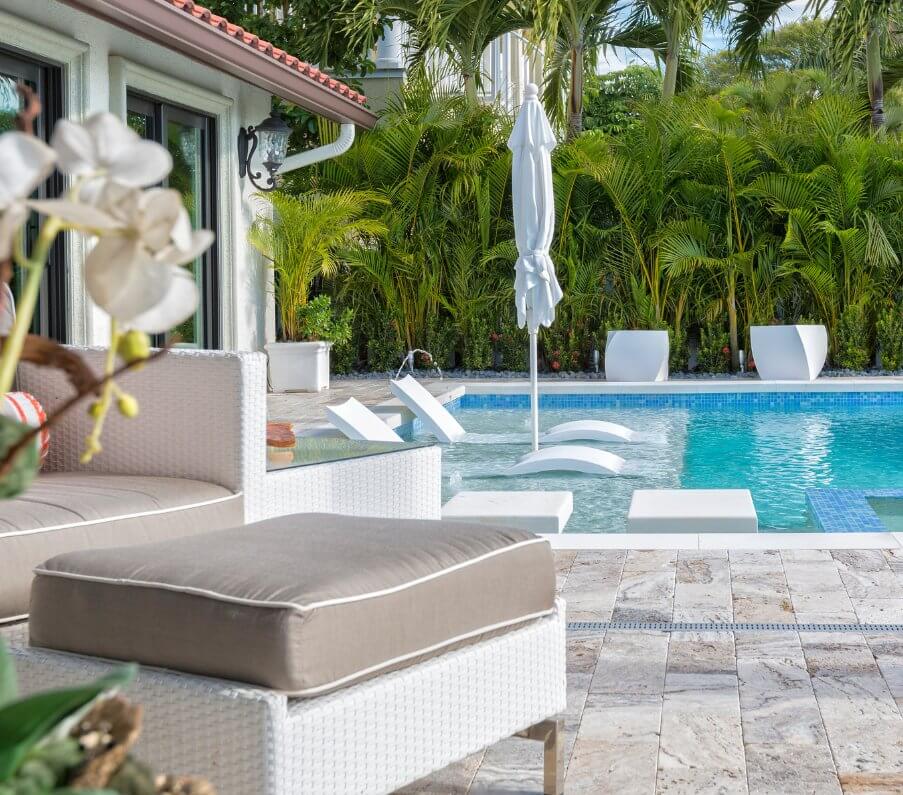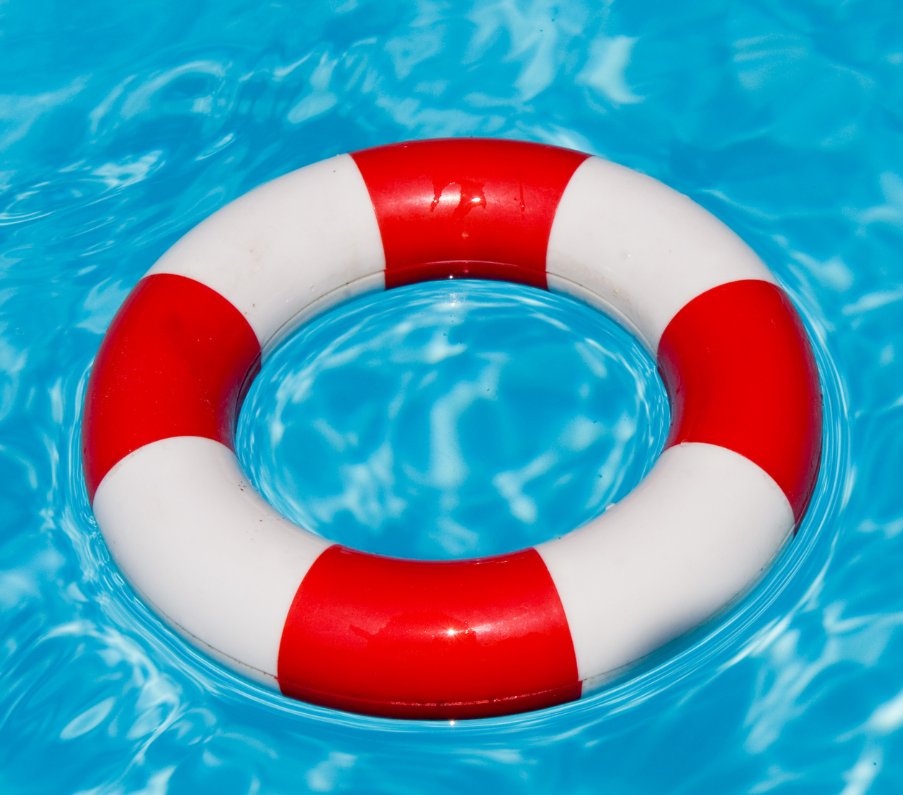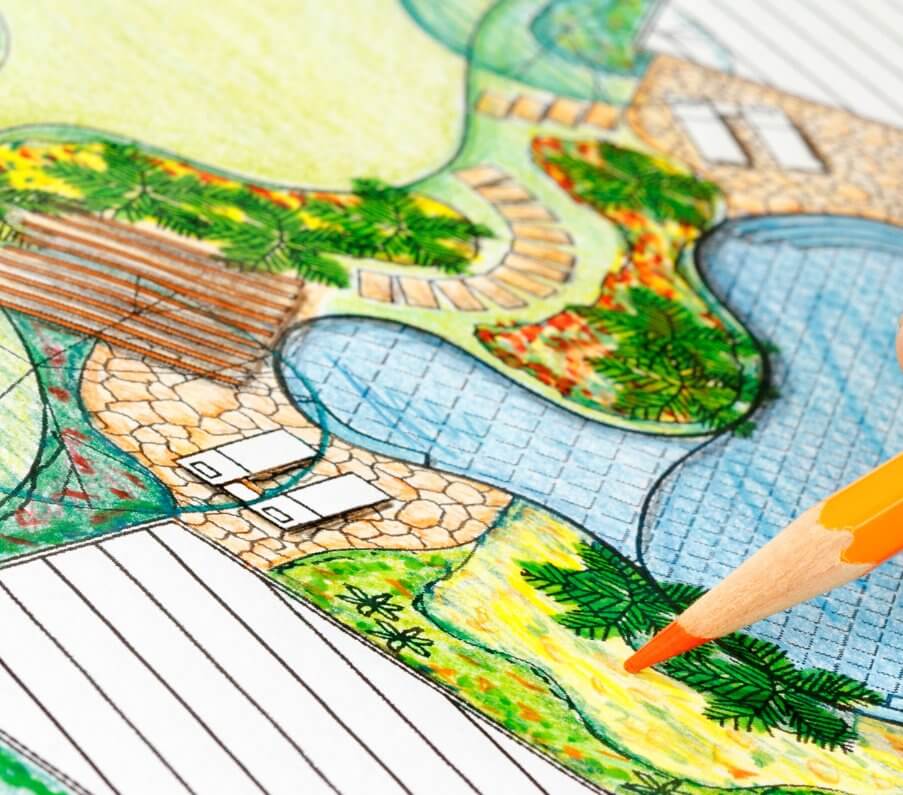Choosing the Right Pool Pump: Energy Efficiency and Performance
At the heart of your pool's circulation system lies a key component: the pool pump. Choosing the right pool pump isn't just a matter of size or power—it’s about finding one that delivers strong performance while being energy efficient.

If you're a pool owner, you already know the importance of having the right pool equipment to keep your water clean, clear, and enjoyable. At the heart of your pool's circulation system lies a key component: the pool pump. Choosing the right pool pump isn't just a matter of size or power—it’s about finding one that delivers strong performance while being energy efficient.
With rising energy costs and increasing environmental awareness, energy efficient pool pumps are becoming the go-to choice for homeowners. In this blog, we'll explore why energy efficiency matters, what features to look for in a pool pump, and how to choose a model that fits your specific pool needs.
Why Energy Efficiency Matters
Pool pumps can be one of the biggest energy consumers in a household. Traditional single-speed pumps often run for 8 to 12 hours a day at full power, regardless of the task they’re performing. That’s a huge drain on your electricity bill—and not great for the environment either.
Switching to energy efficient pool pumps can reduce your pump’s energy usage by up to 80%. That’s not just savings on your utility bills; it's also a significant step toward a greener, more sustainable lifestyle. These pumps use advanced motor technology and smart programming to optimize water flow and filtration, using only as much energy as needed.
Types of Pool Pumps: Which Is Right for You?
When shopping for a pool pump, you’ll encounter three main types:
1. Single-Speed Pumps
These are the most basic and traditional pumps. They operate at one constant speed and tend to be the least expensive upfront. However, they consume a lot of energy and are often not compliant with newer energy regulations.
2. Dual-Speed Pumps
These pumps offer two speed settings: high and low. The high speed can be used for tasks like vacuuming or running a pool heater, while the low speed is more energy efficient and suitable for filtration. Dual-speed pumps are a step up from single-speed models but still lack the fine-tuned control of newer systems.
3. Variable-Speed Pumps
These are the gold standard of energy efficient pool pumps. They allow you to program different speeds for different times and tasks, adjusting performance based on actual need. This leads to significant energy savings and longer equipment life. Variable-speed pumps are also much quieter and often qualify for utility rebates.
Key Features to Look For in an Energy Efficient Pool Pump
To ensure you’re getting the best performance and efficiency, keep an eye out for the following features:
✅ ENERGY STAR® Certification
Pumps with this certification meet strict energy efficiency criteria set by the U.S. Environmental Protection Agency. ENERGY STAR® rated pumps can save you hundreds of dollars a year in energy costs.
✅ Programmable Timers
Being able to schedule pump speeds and run times allows you to tailor your pump's operation to your specific needs, saving energy during off-peak hours or when full power isn't necessary.
✅ Permanent Magnet Motors (PMMs)
These motors are typically found in variable-speed pumps and are more efficient and durable than the induction motors used in older pump designs.
✅ Quiet Operation
Modern, energy-efficient pool pumps are often much quieter than traditional pumps, making your pool area more enjoyable.
✅ Compatibility with Automation Systems
If you already use a pool automation system, or plan to, make sure your pump can integrate seamlessly for maximum control and efficiency.
How to Choose the Right Pump for Your Pool
Choosing the best energy efficient pool pump for your setup depends on several factors:
1. Pool Size and Volume
Larger pools require more powerful pumps to circulate water effectively. However, bigger doesn’t always mean better. Oversizing your pump can lead to wasted energy. Calculate your pool’s volume and turnover rate to determine the proper flow rate and horsepower you need.
2. Plumbing and Piping
The diameter and length of your pool's piping impact the pump's efficiency. A pump that's too powerful for your plumbing can cause excessive pressure, reducing efficiency and potentially damaging your system.
3. Features and Attachments
If your pool has water features, a spa, or a heater, you’ll need a pump that can handle those extra demands. Look for a model that allows you to adjust speeds to accommodate these features without running at full power all the time.
4. Budget vs. Long-Term Savings
While variable-speed pumps typically have a higher upfront cost, the long-term energy savings often make them the more economical choice over time. Additionally, many states and utility companies offer rebates for switching to energy efficient pool pumps, which can help offset initial costs.
Installation and Maintenance Tips
Proper installation and maintenance are crucial to maximizing the benefits of an energy-efficient pump:
- Hire a professional to install your pump correctly and calibrate it for your specific setup.
- Keep filters and baskets clean, as clogged components can reduce efficiency and strain your pump.
- Check programming regularly to ensure the pump is operating at optimal times and speeds.
- Inspect for leaks or unusual noises, which can indicate a problem with the motor or plumbing.
Real-World Savings: What to Expect
The actual savings you can achieve with an energy efficient pool pump will vary depending on your usage, climate, and local energy rates. However, most homeowners report savings of $300 to $1,000 per year after switching to a variable-speed model. Over the pump’s lifespan, this can add up to thousands of dollars.
Final Thoughts: Investing in Efficiency
Upgrading to an energy-efficient pool pump is one of the smartest decisions you can make as a pool owner. Not only does it help lower your energy bills, but it also reduces your carbon footprint and extends the life of your pool equipment.
With so many high-performance, energy efficient pool pumps available today, there's a solution for every pool and budget. Take the time to evaluate your pool’s needs and consult a pool professional if you’re unsure. Your wallet—and the environment—will thank you.
Ready to make the switch? Contact Duck Pool & Spa today for recommendations and available rebates on energy-efficient models in your area.




